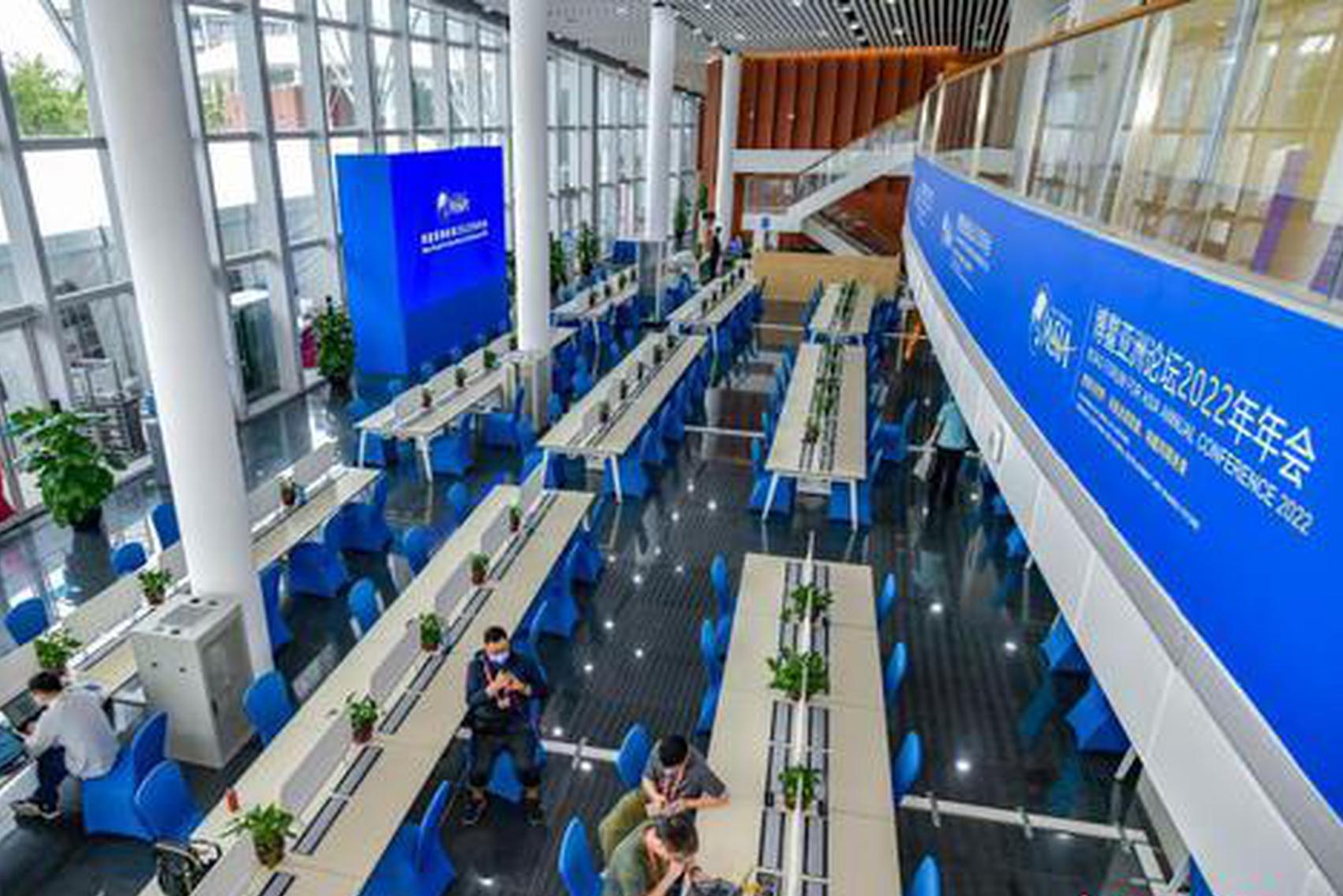
Residents take a shuttle bus in Chonggyai county in the city of Lhokha, Tibet autonomous region, in August. (Photo Provided to China Daily)
The winding rural roads between the mountains and rivers of the Tibet autonomous region have become the driving force leading the region's rural residents to wealth and prosperity.
Early one morning, Ogyen Dorje, a villager of Tibet's Metog county, went to the bus station to wait for the passenger shuttle going to the city of Nyingchi, 180 kilometers away from Metog.
"In the past, traveling to Nyingchi was difficult. It took several days, with several transfers on the way, but it has been shortened to a few hours," Dorje said.
Hampered by high mountains, deep valleys and complicated geography, Metog had been isolated from the outside world until 2013, when a network of roads made it accessible for the first time. Before then, people in Metog had to walk six to seven days to catch a bus in Bomi county and then head to the city of Nyingchi.
"In the past, it cost more than 300 yuan ($47) to go to Nyingchi, but now it only costs 180 yuan," said Drolma, another Metog resident.
The region invested heavily in road projects in rural areas, spending 94 billion yuan on rural road construction during the 13th Five-Year Plan (2016-20) period, said the autonomous region's traffic and transportation department.
This investment financed more than 3,000 road construction projects, and more than 38,000 km of rural roads were renovated or built during the period. Thanks to the heavy investment, the road network in rural areas surpassed 90,000 km by the end of 2021.
Between 2016 and 2020, the autonomous region's 280 townships and 2,974 villages were linked by paved roads. Now, 94 percent of Tibet's townships and 77 percent of its villages are connected by these roads.
Along with the upgraded road network, the autonomous region also worked hard to facilitate passenger bus services in rural areas. It now has 317 rural passenger lines, with 369 shuttle buses operating in rural regions. All of the 74 counties are linked by shuttle bus services.
Dawa Ngodrub, Party secretary of the autonomous region's traffic and transportation department, said the continuous improvement of roads in the region has greatly fueled the process of building rural villages. It has also promoted regional tourism development and the extension of the logistics industry.
"The development of transportation also has provided opportunities for farmers and herdsmen to participate in the process of building and maintaining roads, and developing the logistics industry," he said.


















































 京公网安备 11010202009201号
京公网安备 11010202009201号